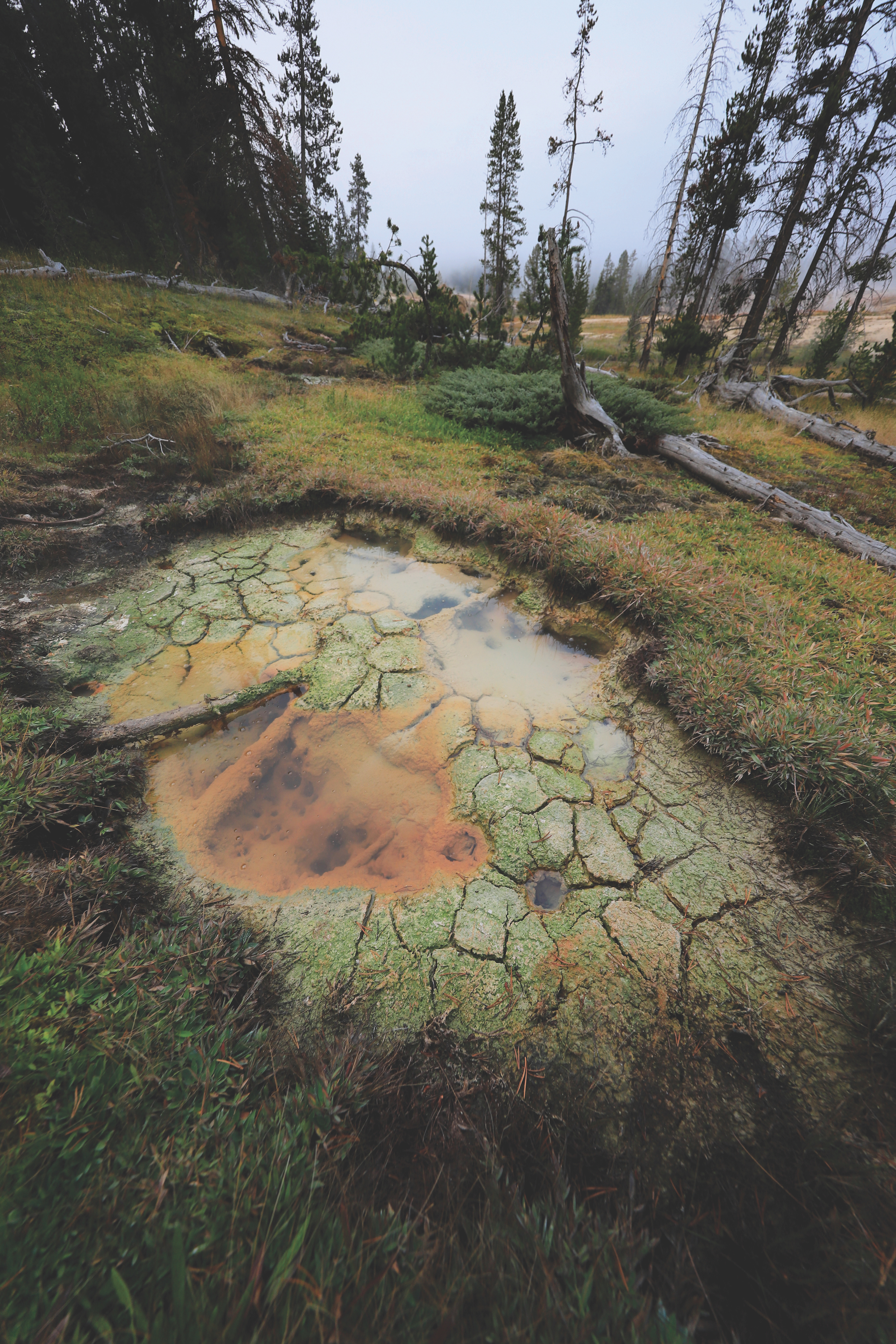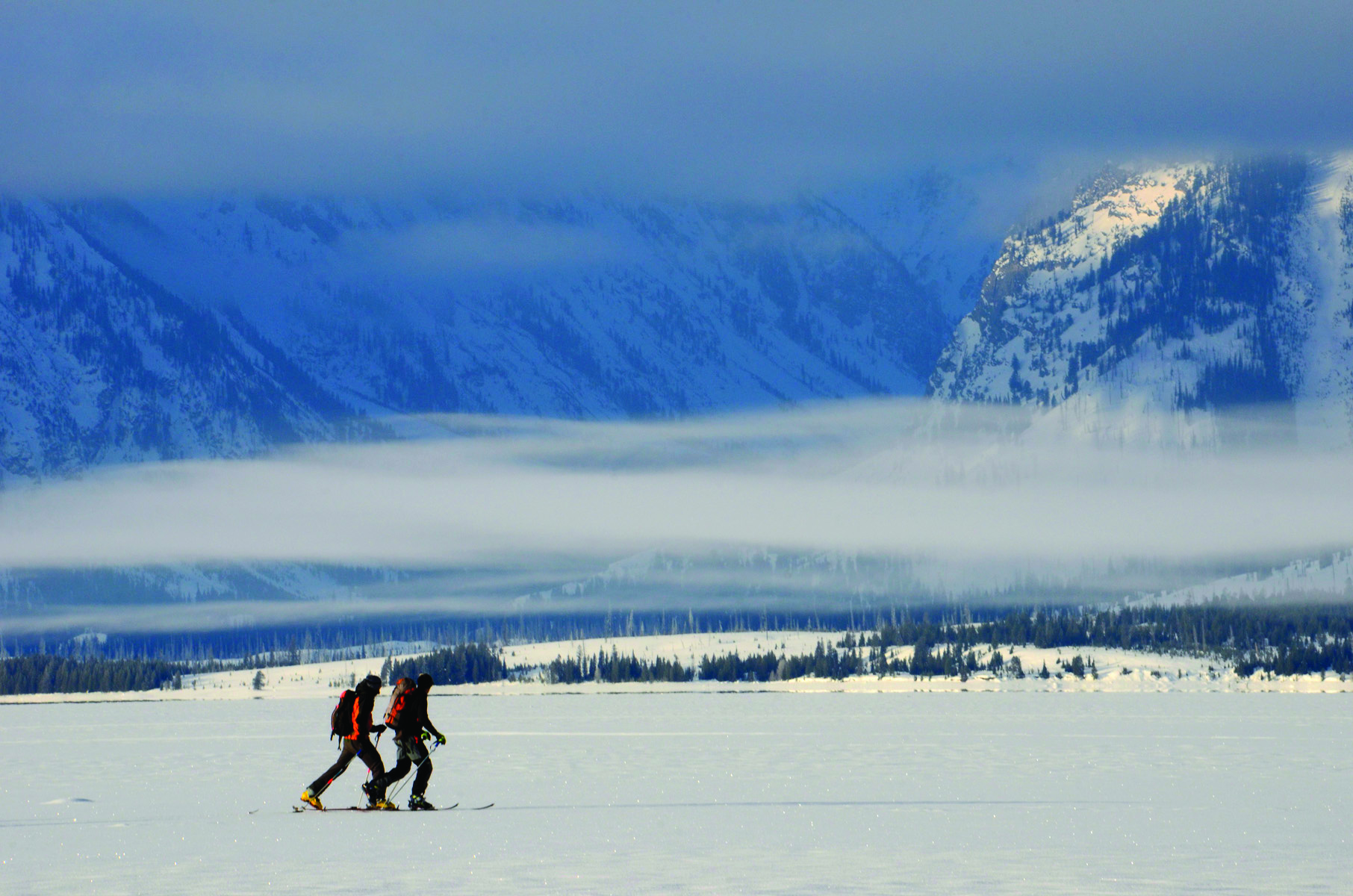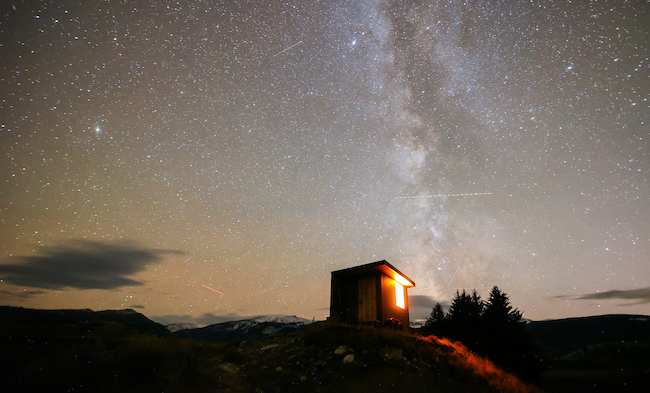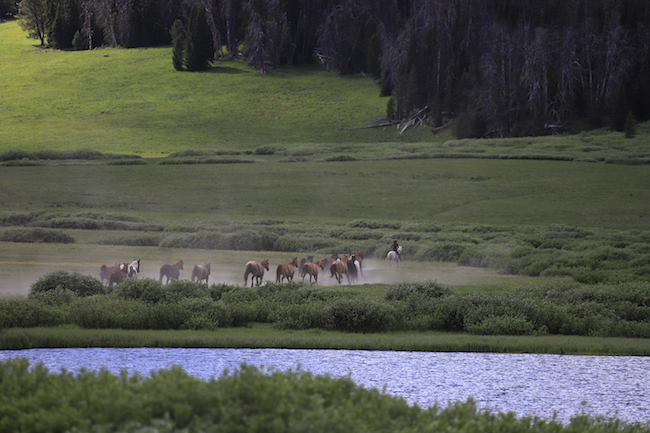Jackson Hole scientist Dr. James Metcalf is developing a test strip to easily assess neurotoxins in water sources
23 Dec 2023
The hidden risks in our water
Winter/Spring 23-24
Written By: Heather Jarvis | Images: Courtesy Paul Alan Cox
It can be found in Brooks Lake, the Yellowstone Hot Springs, or Henrys Lake in Idaho. Cyanobacteria, also previously (and more commonly) known as blue-green algae, can look like large floating masses — mats, scums or green paint on the surface of water — rapidly growing when fresh or salt water is warm, slow-moving, and full of nutrients.
These blue-green algae “blooms” are found throughout the world, and some can be harmful, producing neurotoxins that can potentially affect long-term health.
But it’s not just in water. Cyanobacteria are found almost everywhere — in soil, snow, dust and even the air. As scientists continue to research the toxins they produce, they are discovering more links to neurodegenerative diseases. And some of this research is being done right here in Jackson Hole.
Originally from the United Kingdom, Dr. James Metcalf has been working at the nonprofit organization Brain Chemistry Labs in Jackson since 2013. Recognized as a leading expert on water-borne toxins produced by cyanobacteria, James has been collecting water samples from around the world for analysis, studying exposure levels and possible risks to long-term health.
Cyanobacteria produce a number of toxins, but the main one of concern in James’ research is BMAA, which has been shown to trigger Lou Gehrig’s disease (ALS) and Alzheimer’s disease neuropathology in laboratory animals. BMAA can be found in contaminated seafood and shellfish, drinking water supplies and recreational waters.
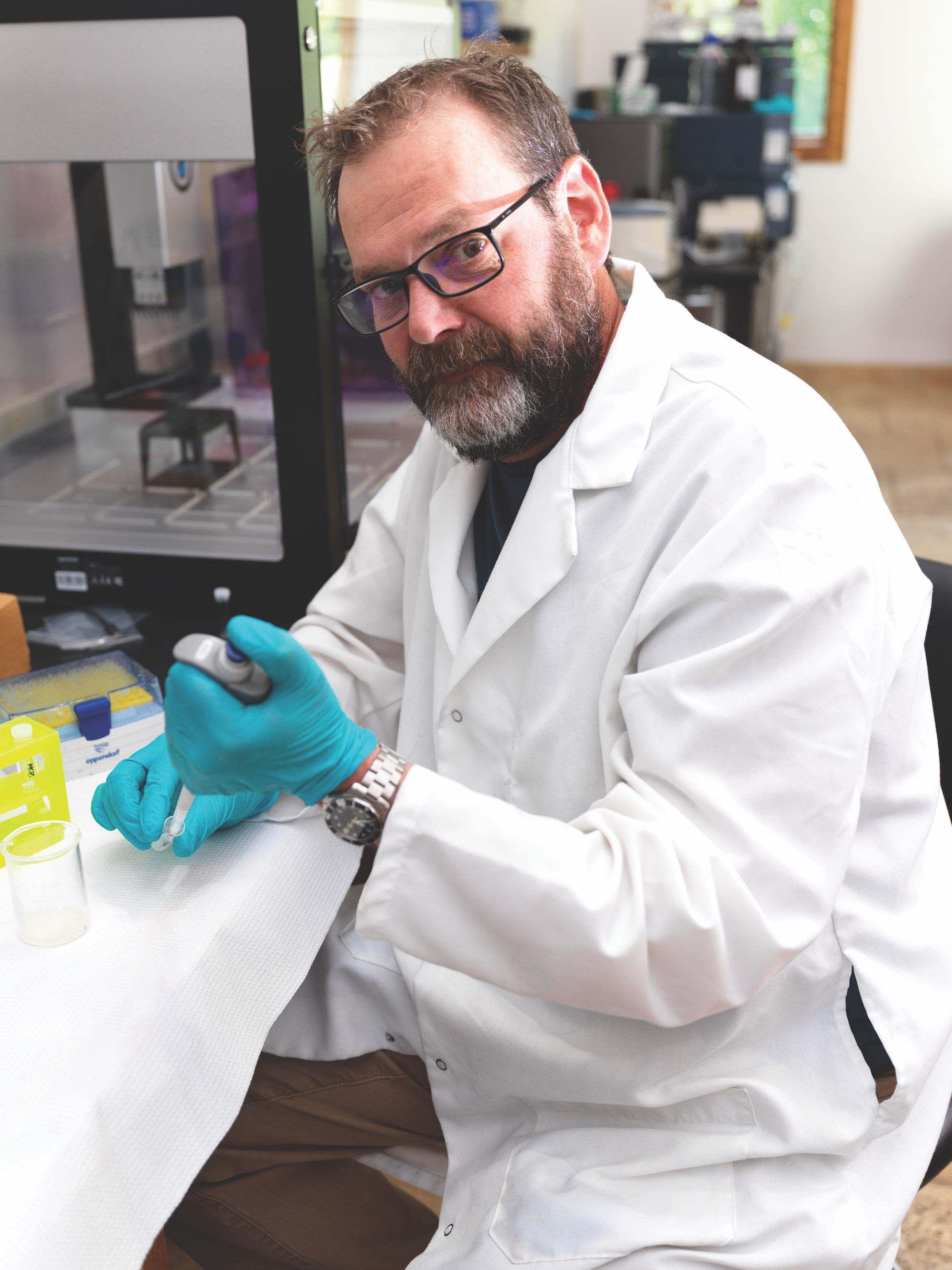
Historically, BMAA was linked to the diets of villagers in Guam. In two villages, up to 25% of adults died of a neurodegenerative illness — with symptoms of ALS, Parkinson’s and Alzheimer’s — at a rate of 50 to 100 times the incidence of ALS worldwide. Brain Chemistry Labs’ Dr. Paul Alan Cox, executive director, and Dr. Sandra Banack, senior scientist, were instrumental in advancing the theory that BMAA concentrations in the brain were contributors to these diseases. As plenty of research dollars have been spent looking for predisposing genes in neurodegenerative diseases, these types of discoveries led to the idea that effort should also be focused on environmental concerns.
Although the levels of exposure to BMAA in the Guam population were high, scientists like James are now working to understand at what exposure levels these neurotoxins will begin to cause long- term health problems.
If these toxins are basically unavoidable, what can we do to minimize exposure?
“Water is important. We know from many years of research that because of the blooms and the toxins it produces, that water is a big problem,” James said. “Shellfish and fish from these waters can be a problem. With air, we don’t have much information yet. But how is drinking water affected? If you eat fish, are you at risk? Those two things you can avoid. You can’t avoid breathing.”
In the small lab in Jackson, James is building a diagnostic test to allow people to easily test water themselves to find out their risk of exposure to the toxins that could potentially cause ALS or Alzheimer’s. James is developing test strips — like those used in home tests for COVID or pregnancy — so that anyone can use them to test water sources. For campers, recreational boaters, farmers with livestock, or those who want to swim in area lakes and rivers, these test strips could offer a simple and accurate way to test for BMAA and other neurotoxins.
”We can measure the toxins here, but we can’t measure enough samples quick enough to get the information we need to understand the risk,” James said. “It’s like creating a COVID-style test for exposure to toxins — we can get more information and understand the risk better, have better information, and see how often it happens.”
James has collected water samples from Montana, Utah, the Great Salt Lake and Utah Lake, from massive blooms in Lake Okeechobee in Florida, and internationally in Qatar and Japan.
“These cyanobacterial blooms have been around longer than we have and will be around longer than we will be,” he noted.
And while exposure levels remain a large concern, genes still do play an important role in the outcome. While scientists understand that chronic exposures to BMAA can cause disease, such as in the Guam population, in low doses, our individual genes can increase vulnerability.
“I think all people are exposed long term, but genes are the tipping point at which you might get something or you might not,” James said. “In high doses, we know the outcome, but in low doses, it’s how your genes interact with that toxin.”
James and the Brain Chemistry Labs scientists are also measuring toxins in the air. Ultimately, the test strips and his research will help humans understand the role BMAA has in these deadly diseases, and where we are most vulnerable.
“We want to know how frequently it’s found and how much is found,” he said. “Without that info we can’t work out what the risk is.”
Learn more about James’ work at brainchemistrylabs.org.
